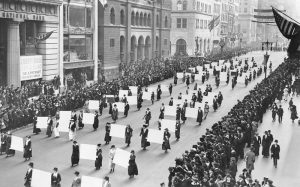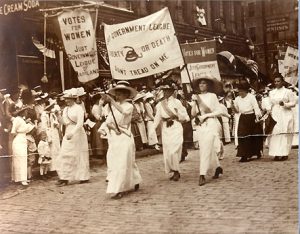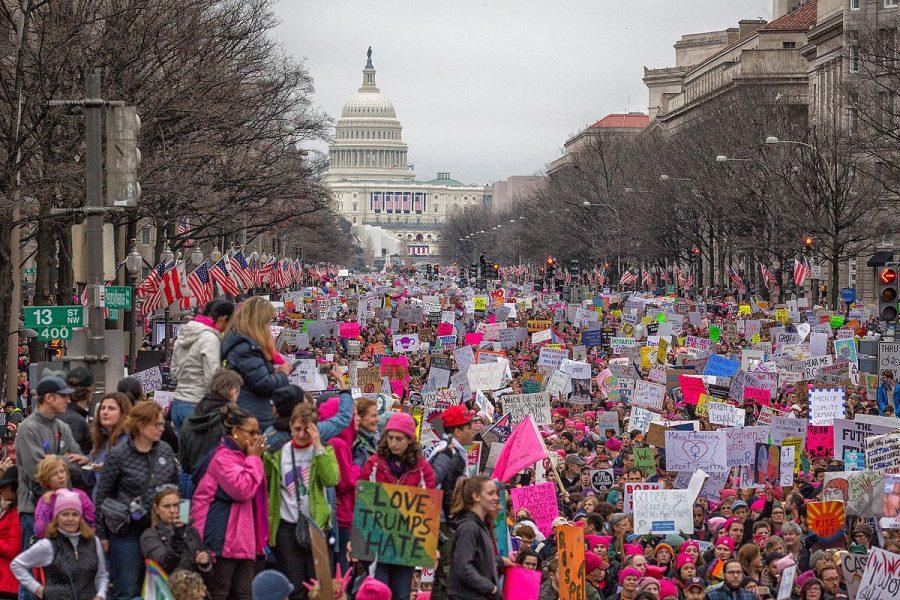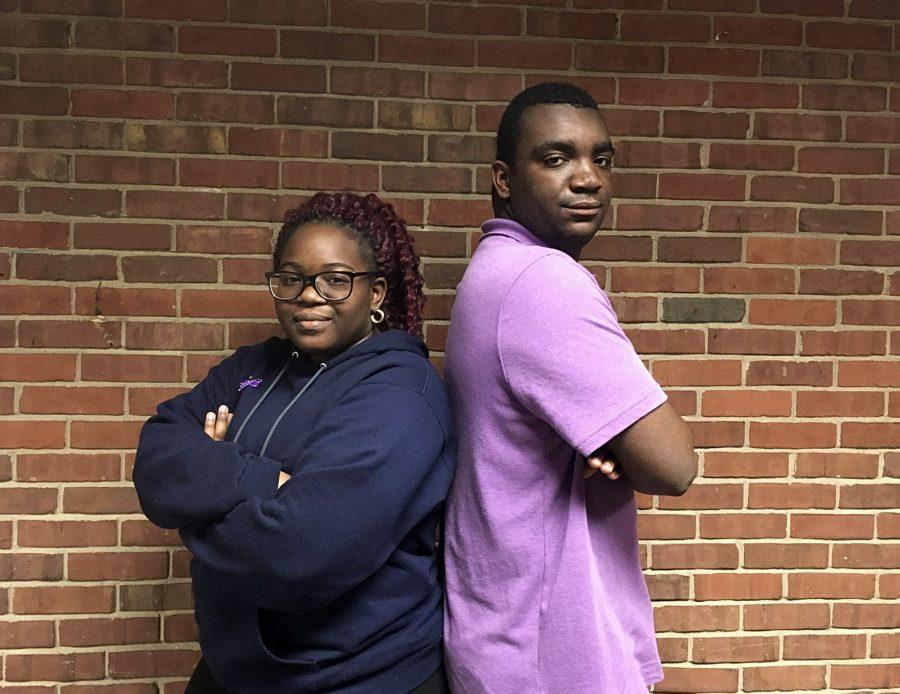Demonstrators at the Women’s March on Washington in Washington, D.C., January 21, 2017 – Wikipedia
BY ANGELA TODD
In many people’s opinions, women’s rights is an issue that is both necessary to address and overdue for change. In an effort to raise awareness for their beliefs and goals, almost five million women activists across the United States and the globe, marched on January 21, the day after President Trump’s inauguration.
On the Women’s March on Washington website, they state that “ We stand together in solidarity with our partners and children for the protection of our rights, our safety, our health, and our families – recognizing that our vibrant and diverse communities are the strength of our country.” This mission statement is what drove the women activists to march.
 In the past, suffragettes fought for the right to vote, and other organizations following them fought for the right to divorce, to own a bank account, to join the army, to stand for election, and other various rights. Women have come a long way, but current activists believe that they still have far to go. Some of the lines are blurred as to what exactly the Women’s March on Washington participants are fighting for, and what they wish to see changes in.
In the past, suffragettes fought for the right to vote, and other organizations following them fought for the right to divorce, to own a bank account, to join the army, to stand for election, and other various rights. Women have come a long way, but current activists believe that they still have far to go. Some of the lines are blurred as to what exactly the Women’s March on Washington participants are fighting for, and what they wish to see changes in.
According to the Women’s March on Washington website, their main goals are outlined to advocate for ending violence against women, reproductive rights, LGBTQIA rights, workers’ rights, civil rights, disability rights, immigrants’ rights, and environmental justice. These concerns about infringements of human and women’s rights expand across not only state boundaries, but national, and international boundaries.
A common misconception is that these big issues don’t affect those who live in small communities, but often this inference comes from those who don’t feel or understand women’s struggles. In fact many girls in Canton High School feel like they are singled out because they are open about their beliefs.
When asked about ways in which she felt oppressed in our school, senior Hannah Dustin revealed how she was targeted on social media due to her beliefs. “I got called a ‘little, minuscule, radical feminist’ for posting about women’s equality. Like when did women’s equality become such a radical idea?”
In agreement with Dustin, senior Eva Tsimboukis pointed out that the insensitive phrase, “radical feminist,” was in her opinion, “such a paradox.”
 Since the women’s rights movement began back in 1848, which started with a convention discussing equality, there have always been people who have disagreed with what they stood for and why they were objecting. Later in the early 1900s, many women wanted be open about their beliefs, but factors including laws, husbands’ preferences, and unbending politicians were enough to cause a struggle that lasted for decades.
Since the women’s rights movement began back in 1848, which started with a convention discussing equality, there have always been people who have disagreed with what they stood for and why they were objecting. Later in the early 1900s, many women wanted be open about their beliefs, but factors including laws, husbands’ preferences, and unbending politicians were enough to cause a struggle that lasted for decades.
In comparison to that time period, contempoary women’s rights have improved significantly for the better, but many believe inequality still exists. A major issue that is of concern is that women aren’t always getting equal pay for equal work. This issue was the centerpiece of a women’s strike on March 8th, International Women’s Day, when thousands of women across the United States stayed home from work, didn’t buy anything with exception of products from female business owners, and wore red as a statement of solidarity. They called this strike “A Day Without a Woman.”
This strike was done with the desire to show people the critical role that women play in their everyday lives, and that without them, they would not function well as a society.
Malala Yousafzai, an activist from Pakistan, addressed the United Nations about the importance of women’s rights, stating, “I raise up my voice — not so I can shout, but so that those without a voice can be heard … we cannot succeed when half of us are held back.”
Some people don’t understand the point of protesting in the form of a march or strike. Rebecca Dustin, a sophomore at Canton high, described the reason for her participating in the march was to “raise awareness in a positive way.” Although the reason why women are marching today sometimes gets confused with other motivations, the origin is simply in the injustice of inequality.
Multiple students at Canton High School were asked what the phrase “gender equality” meant to them, and the answers showed a range of awareness about injustice surrounding women. “I have no idea,” “women and men should get the same pay,” and both men and women should be “treated with the same amount of respect,” were some of the responses students provided to the question.
In the past, the act of marching has been a peaceful yet effective way of bringing awareness to, and the need for, necessary social change. Today, women march in the hopes of shedding light on the issues that has been long overdue. They believe that with their continued persistence, they will receive the rights which they deserve.
Why They March
March 21, 2017
0
More to Discover












